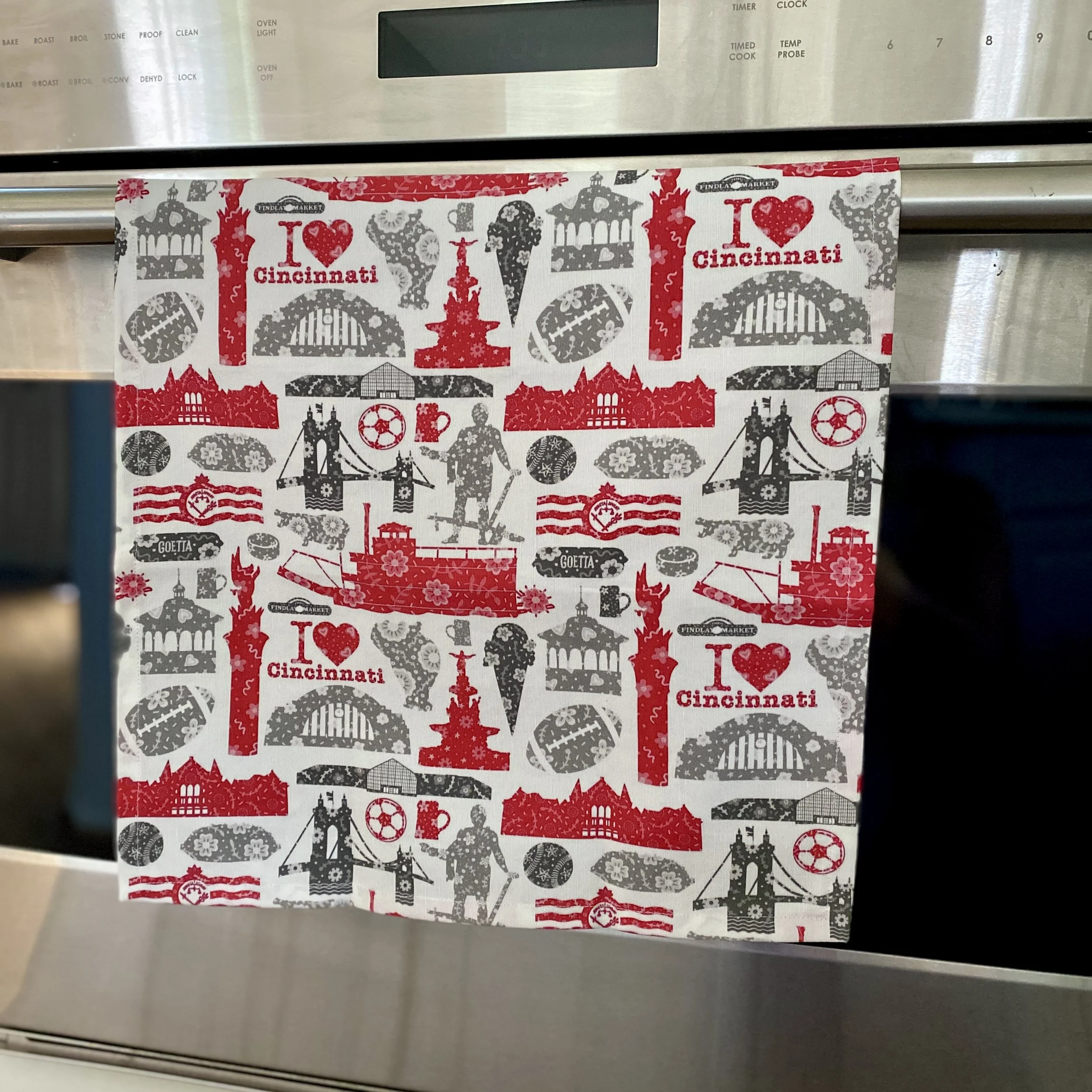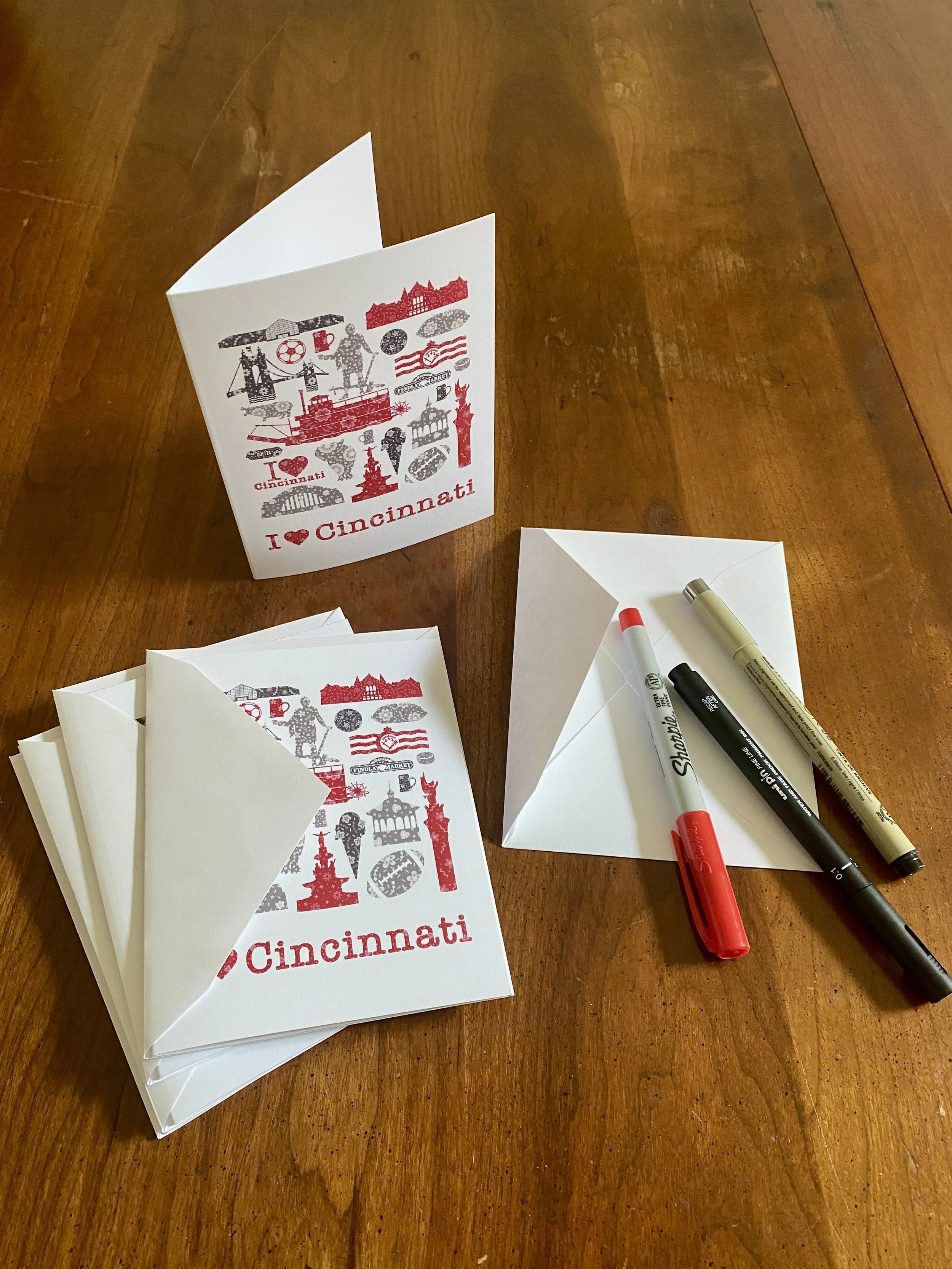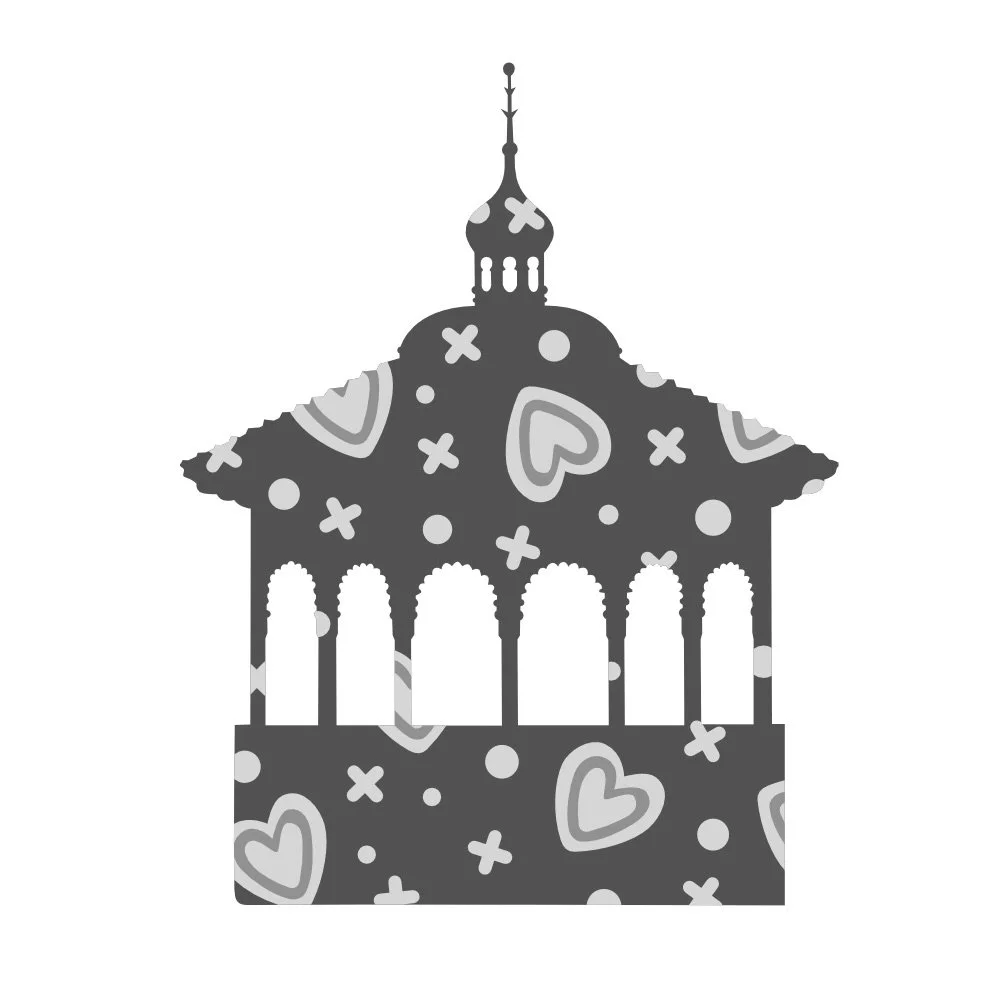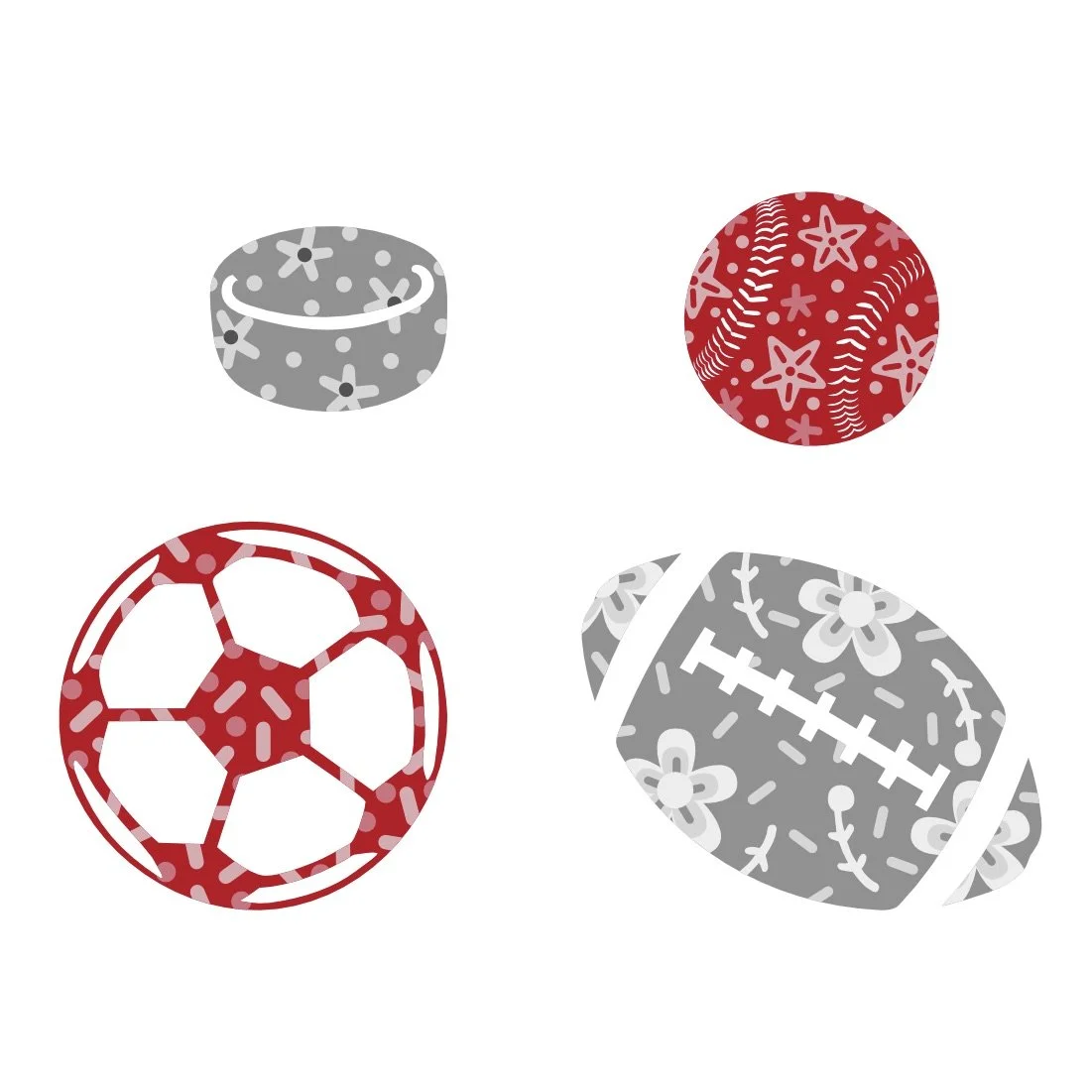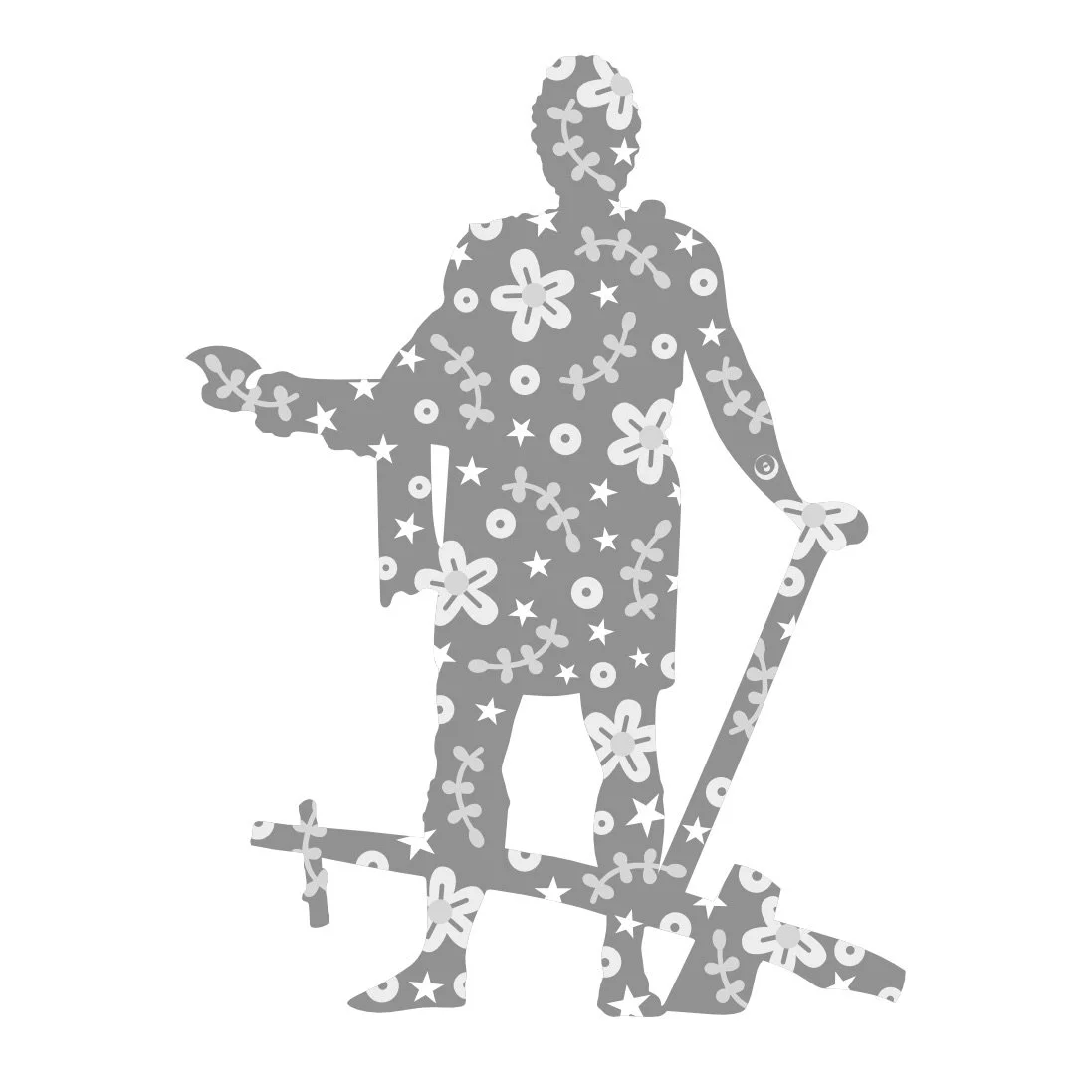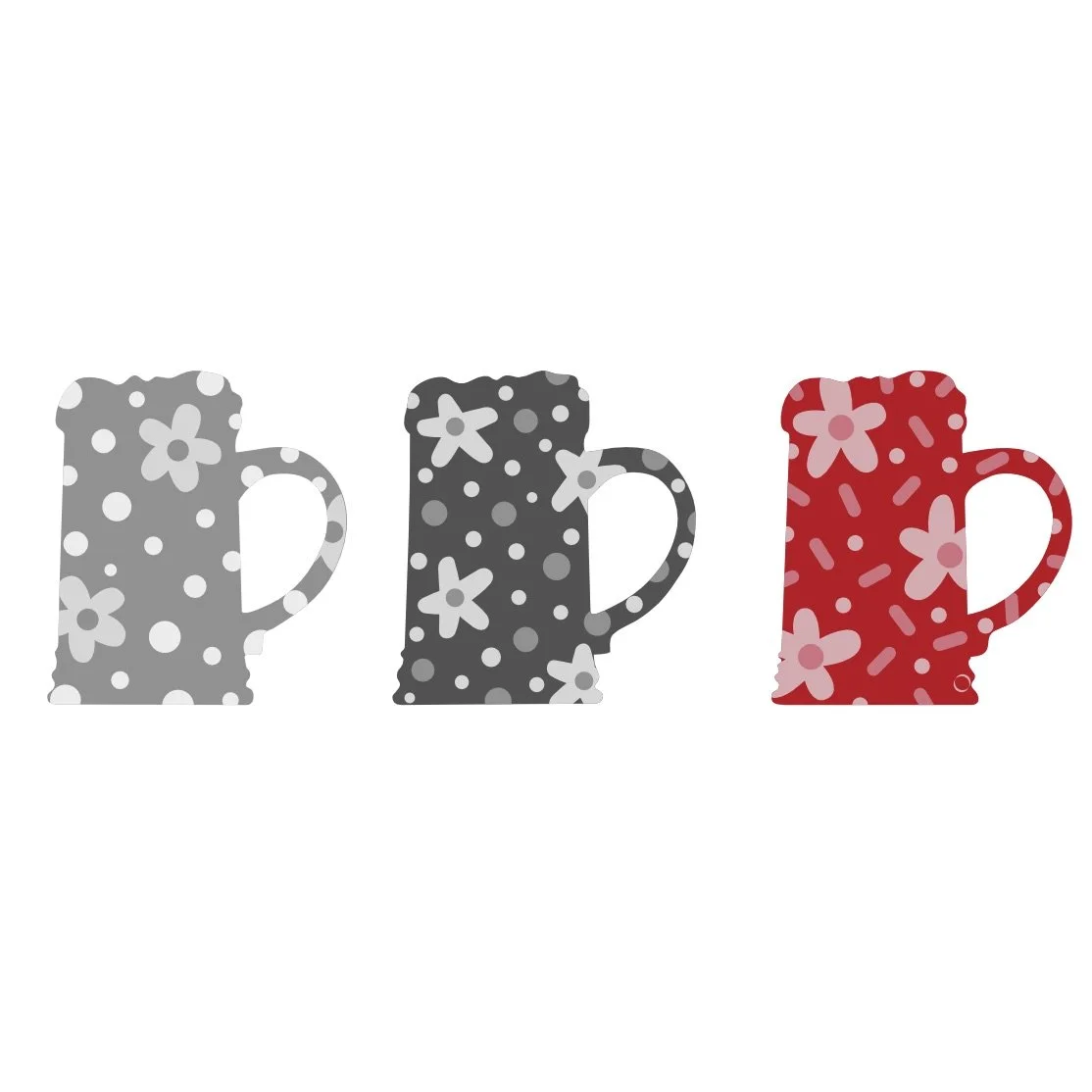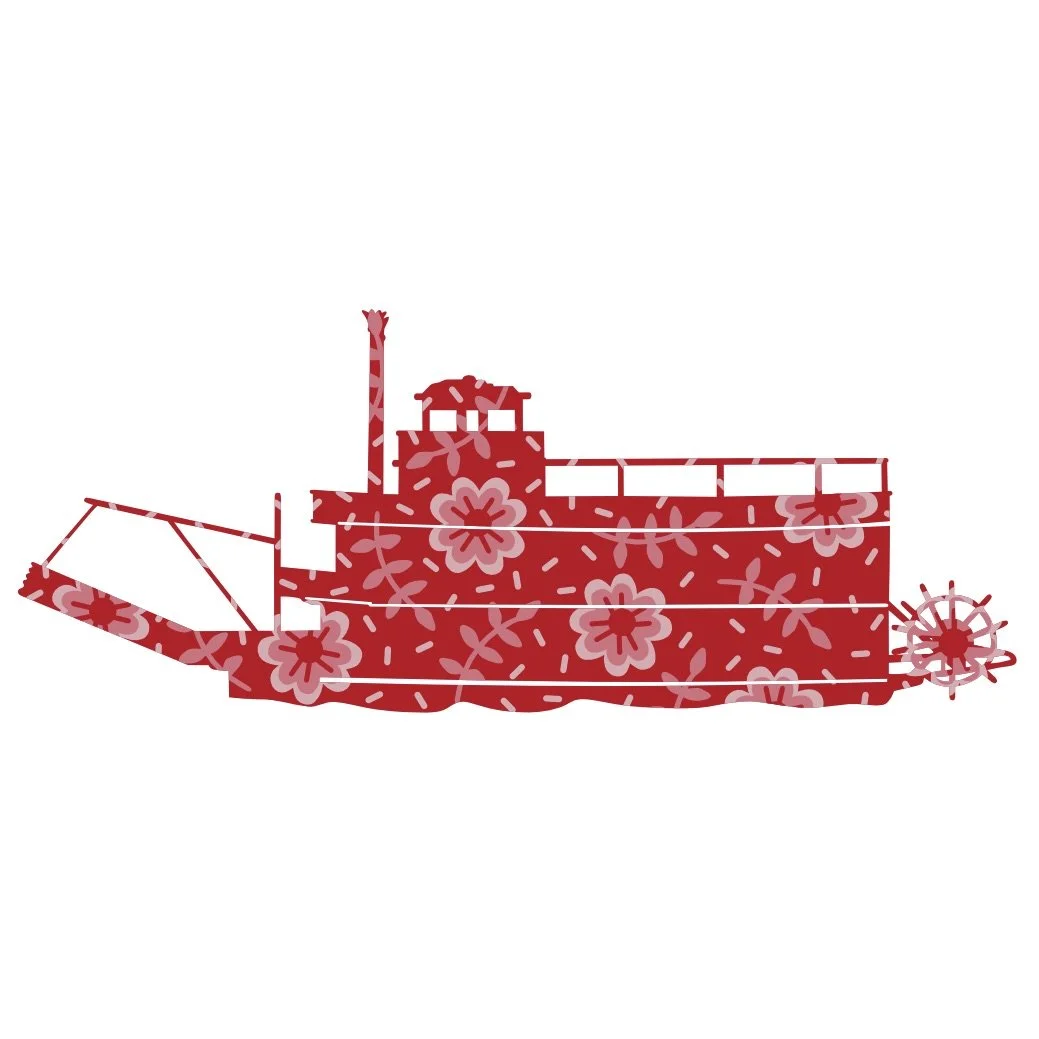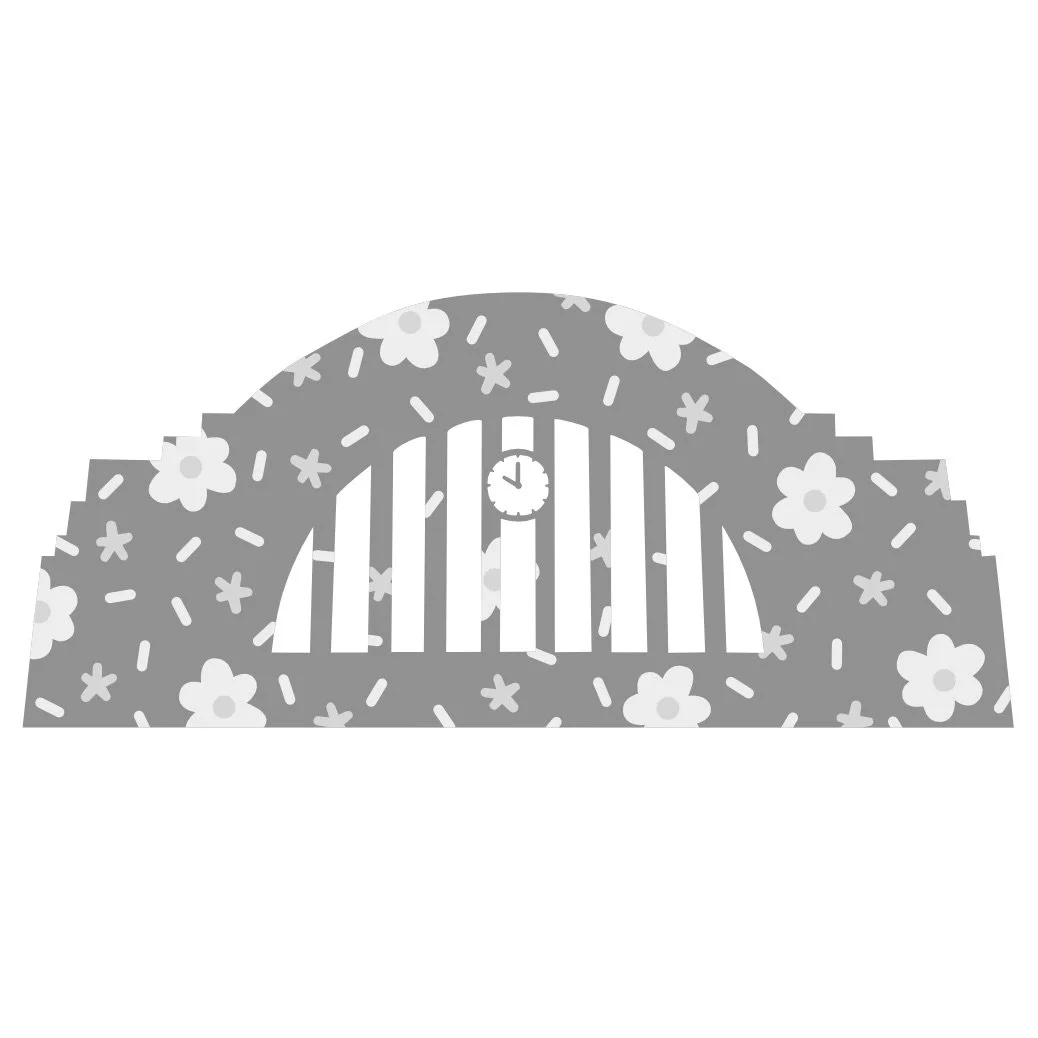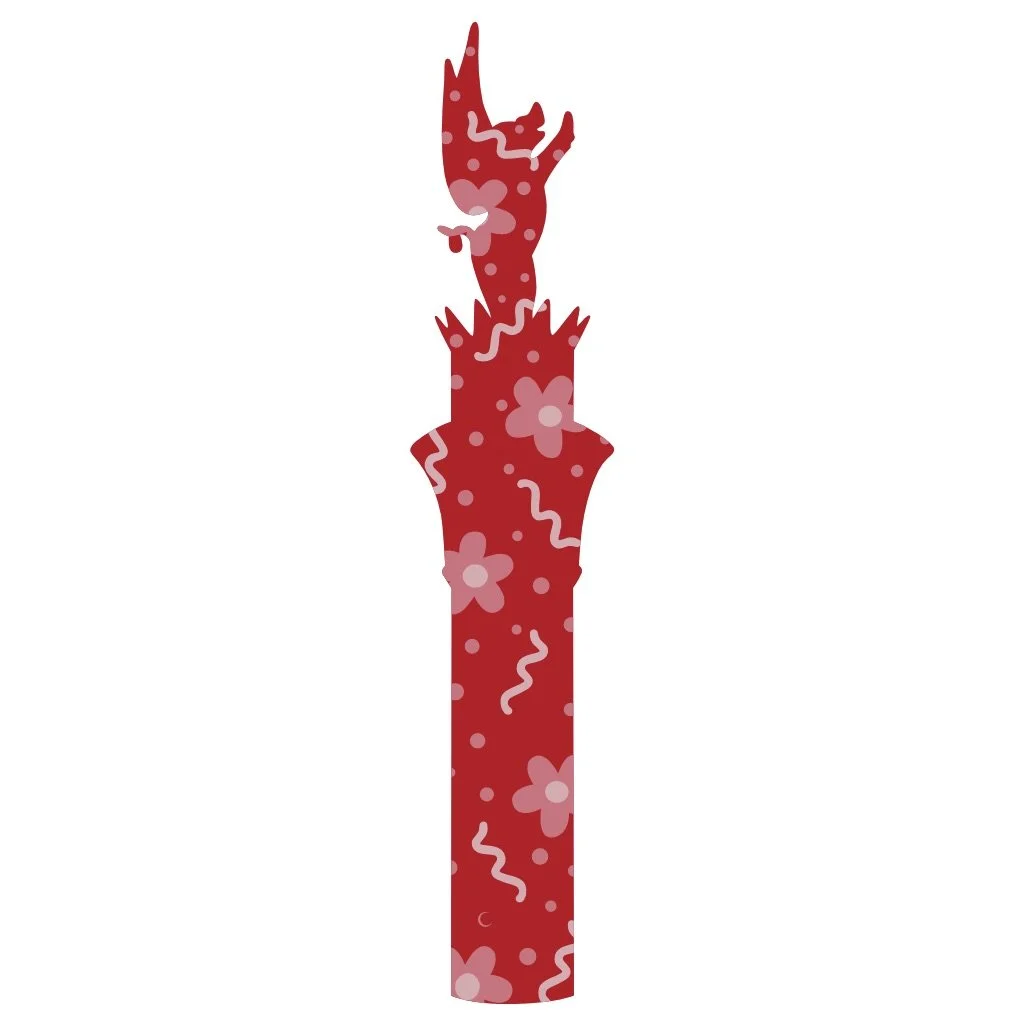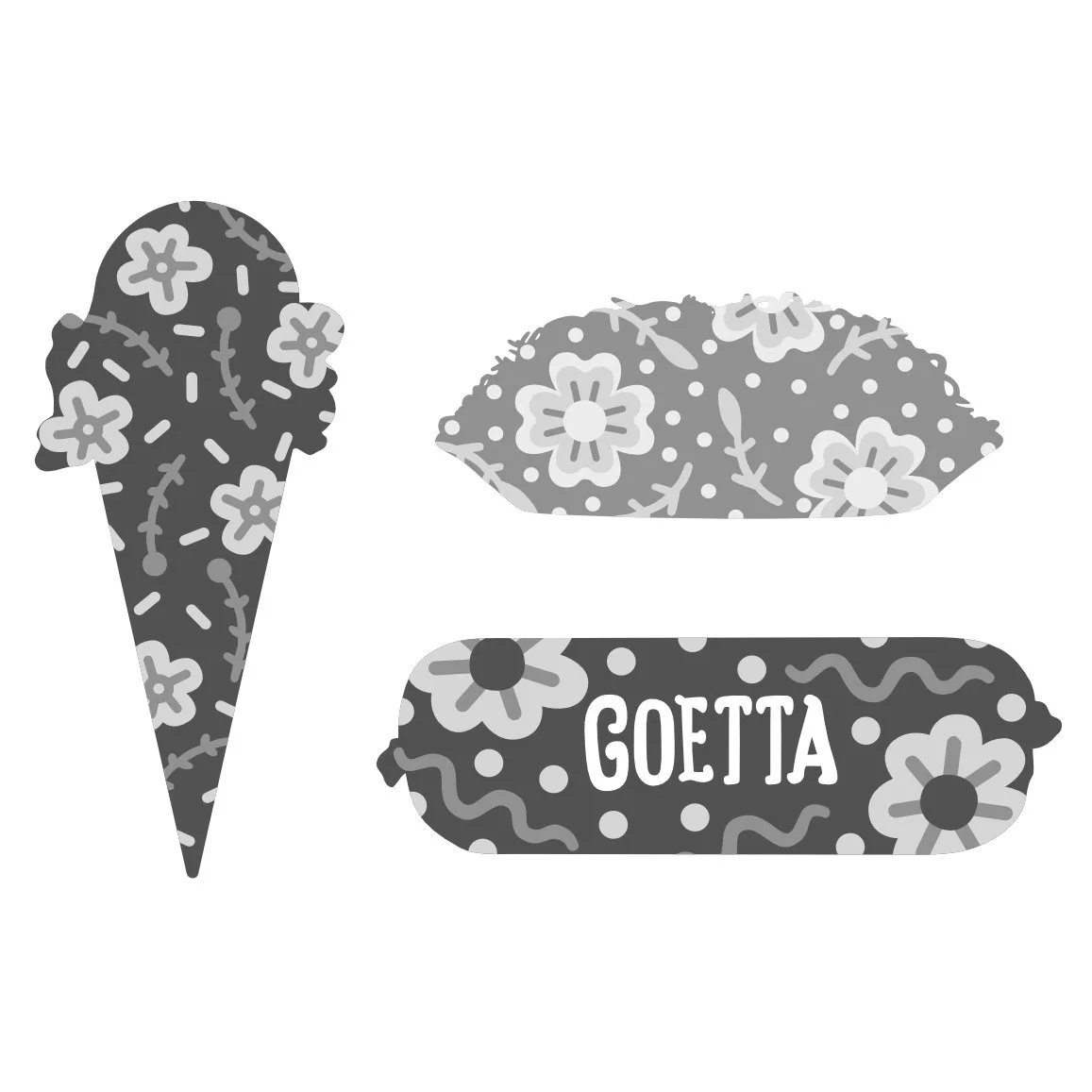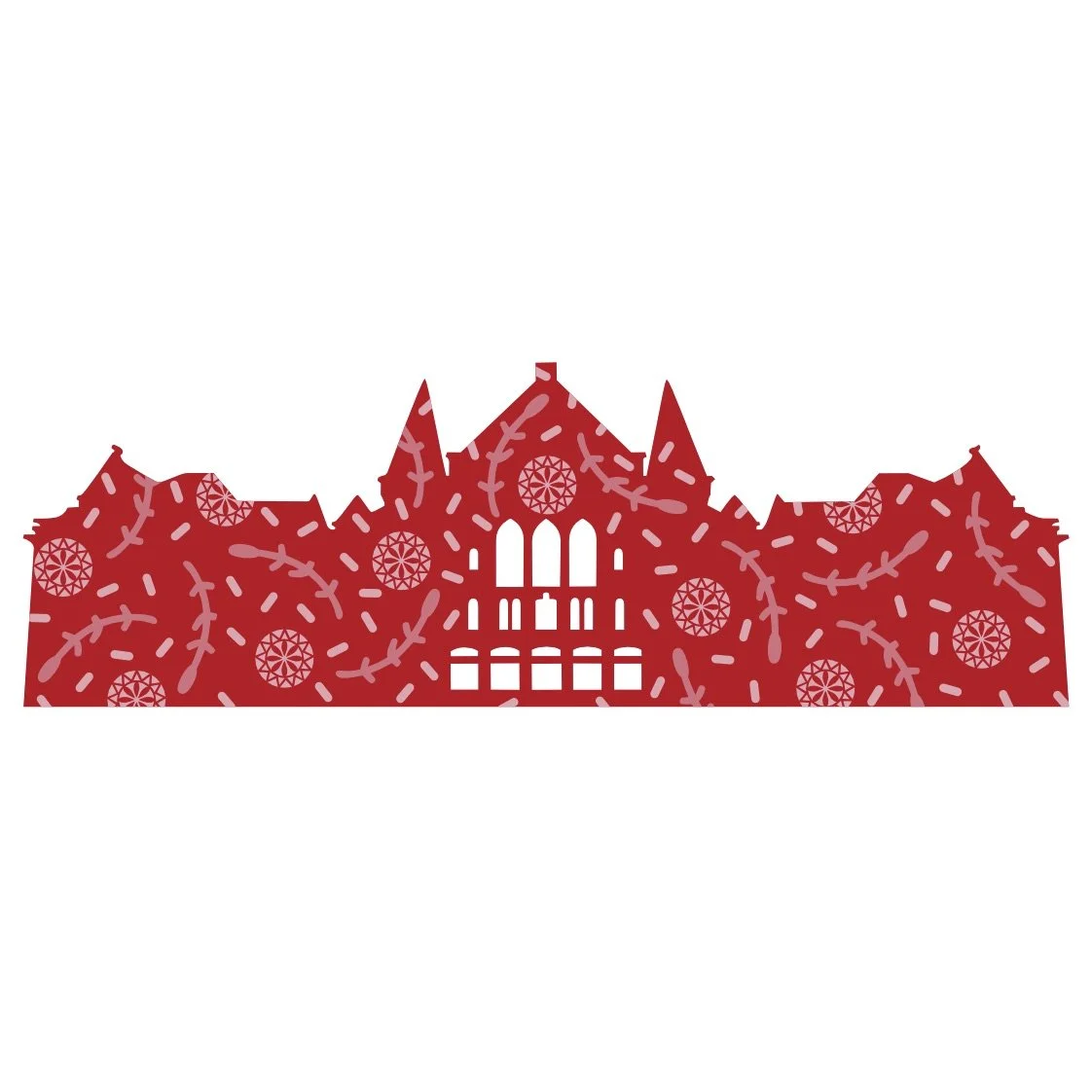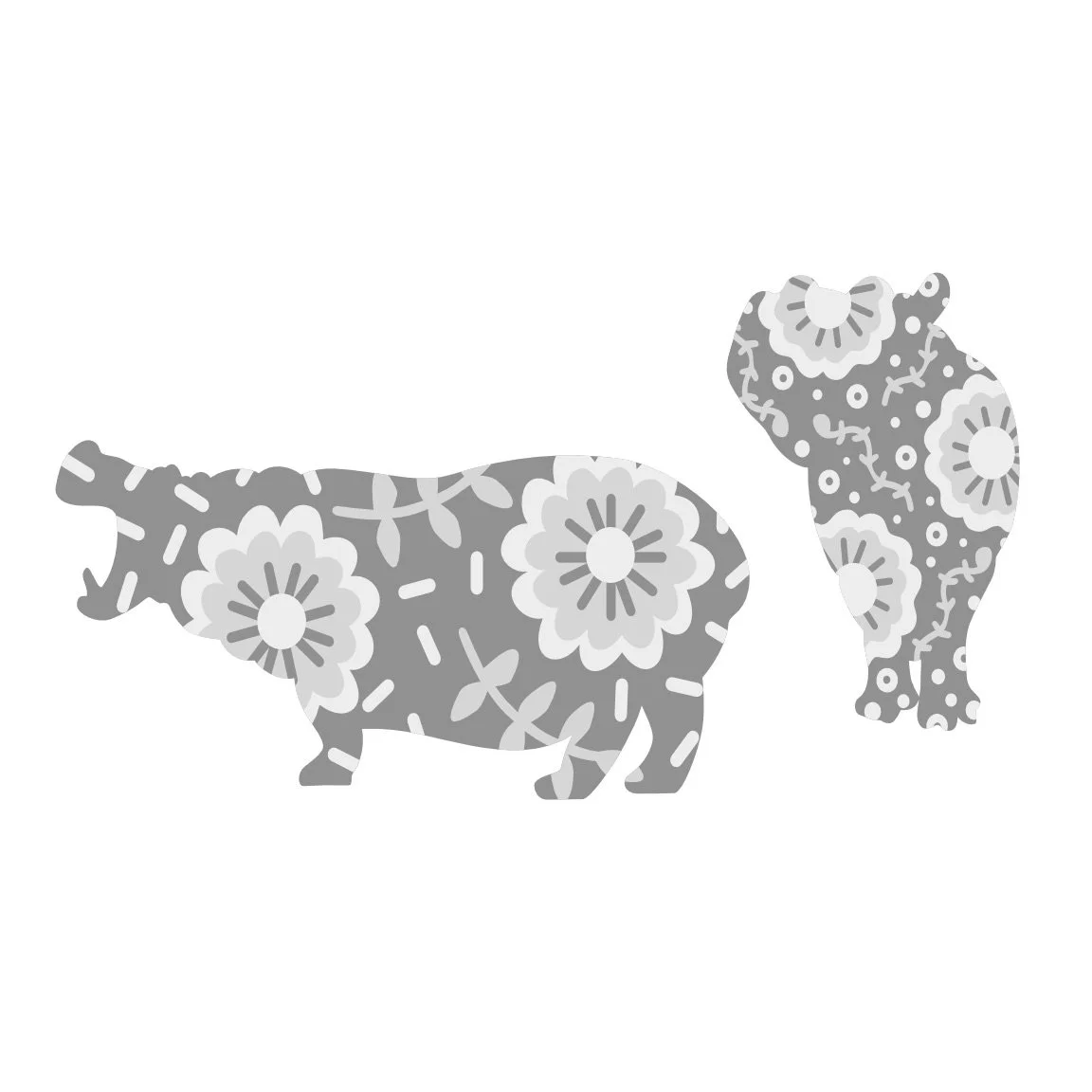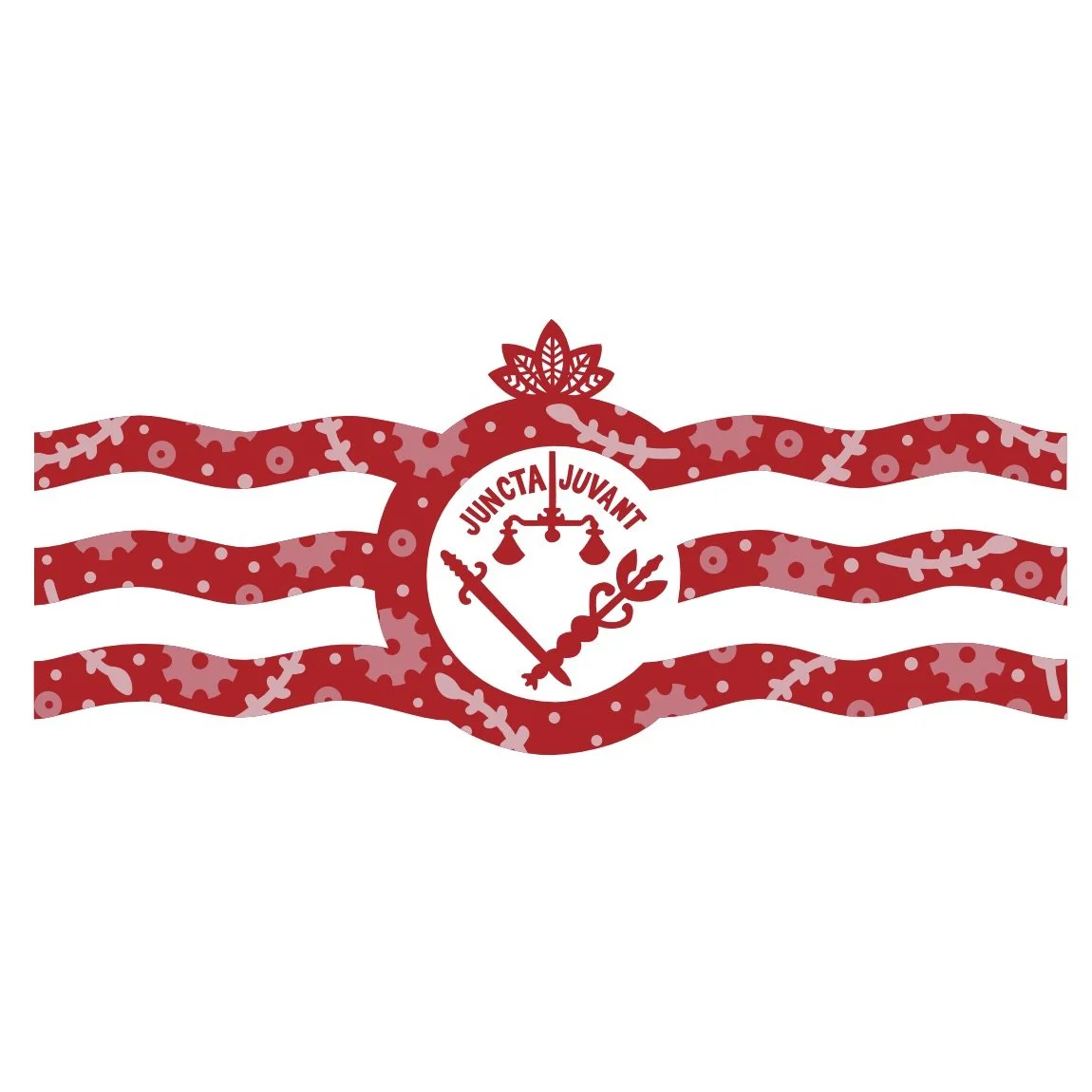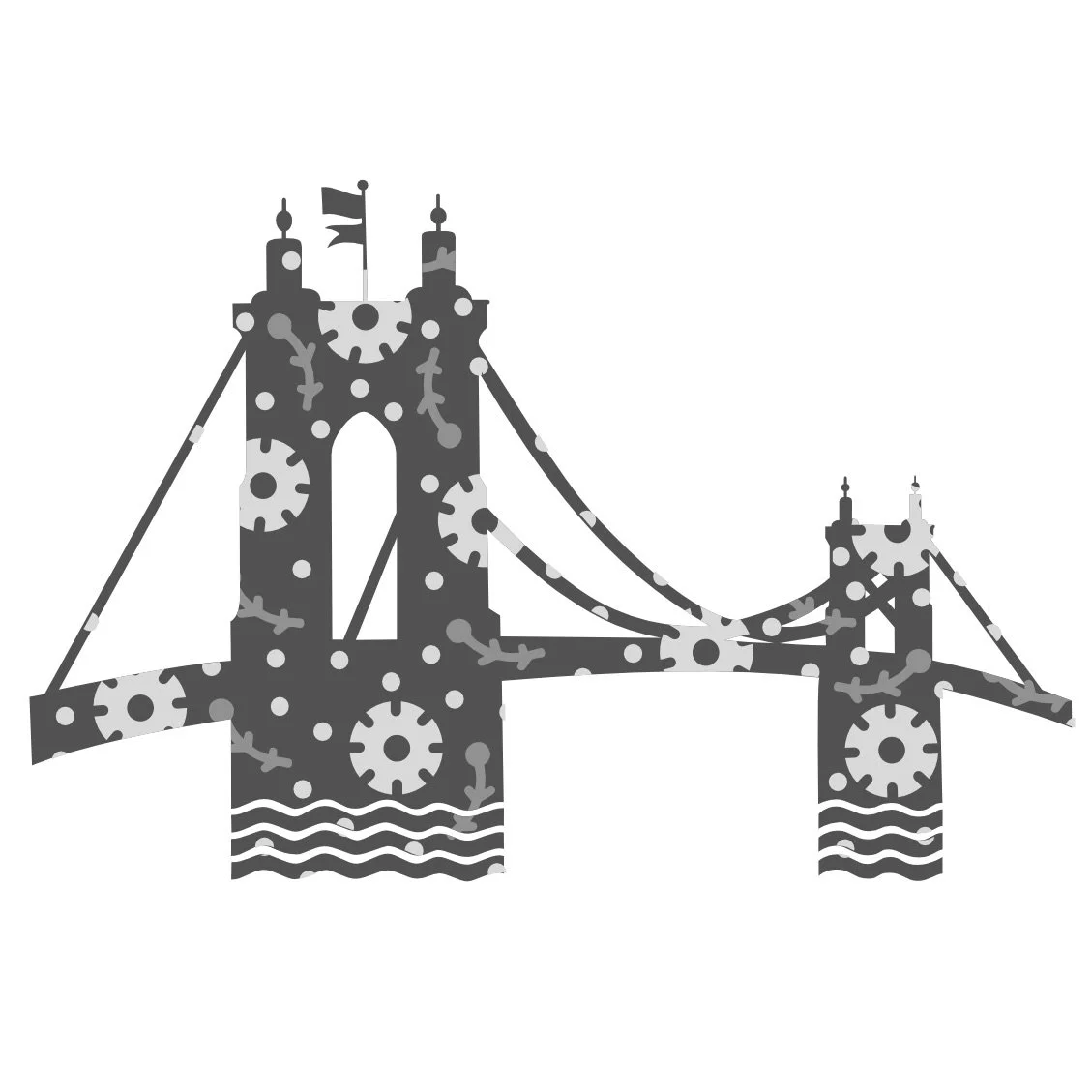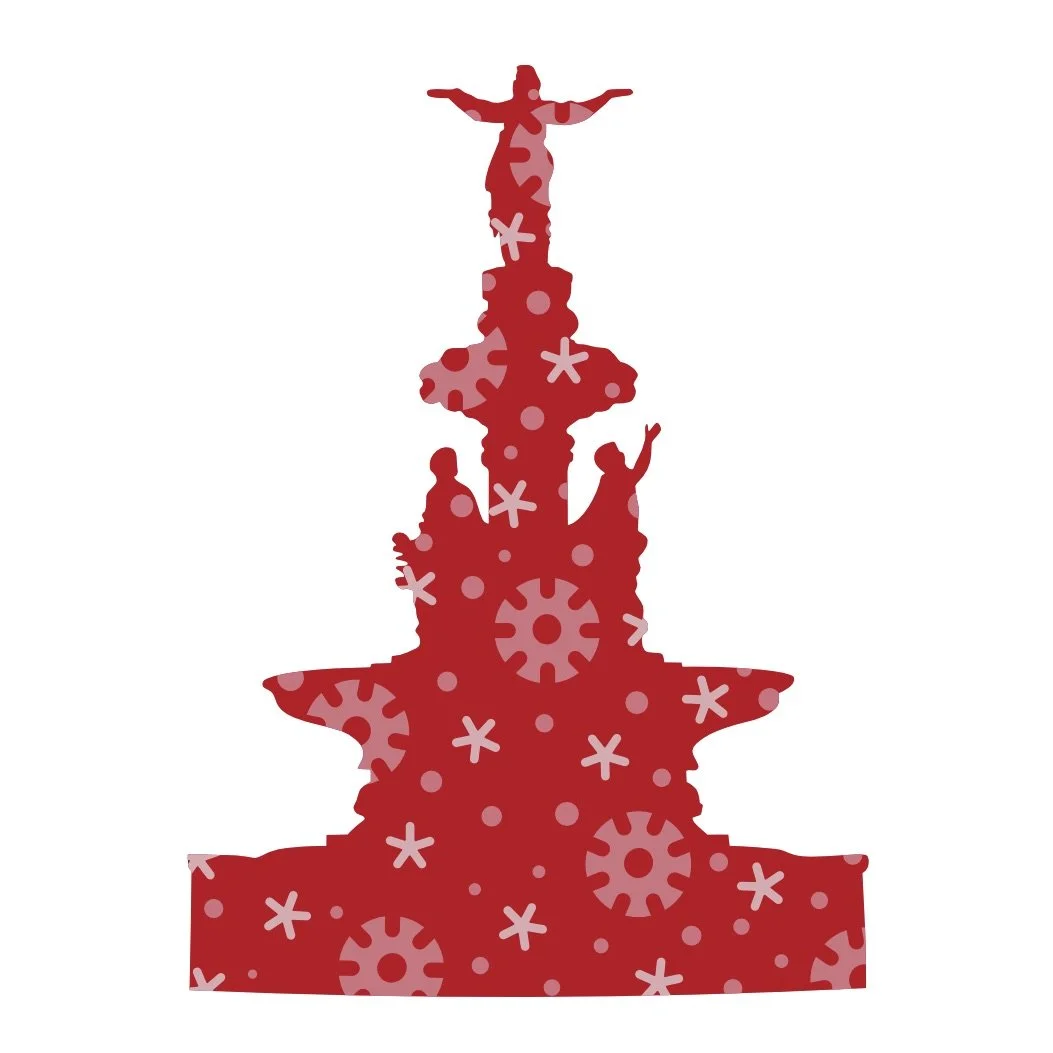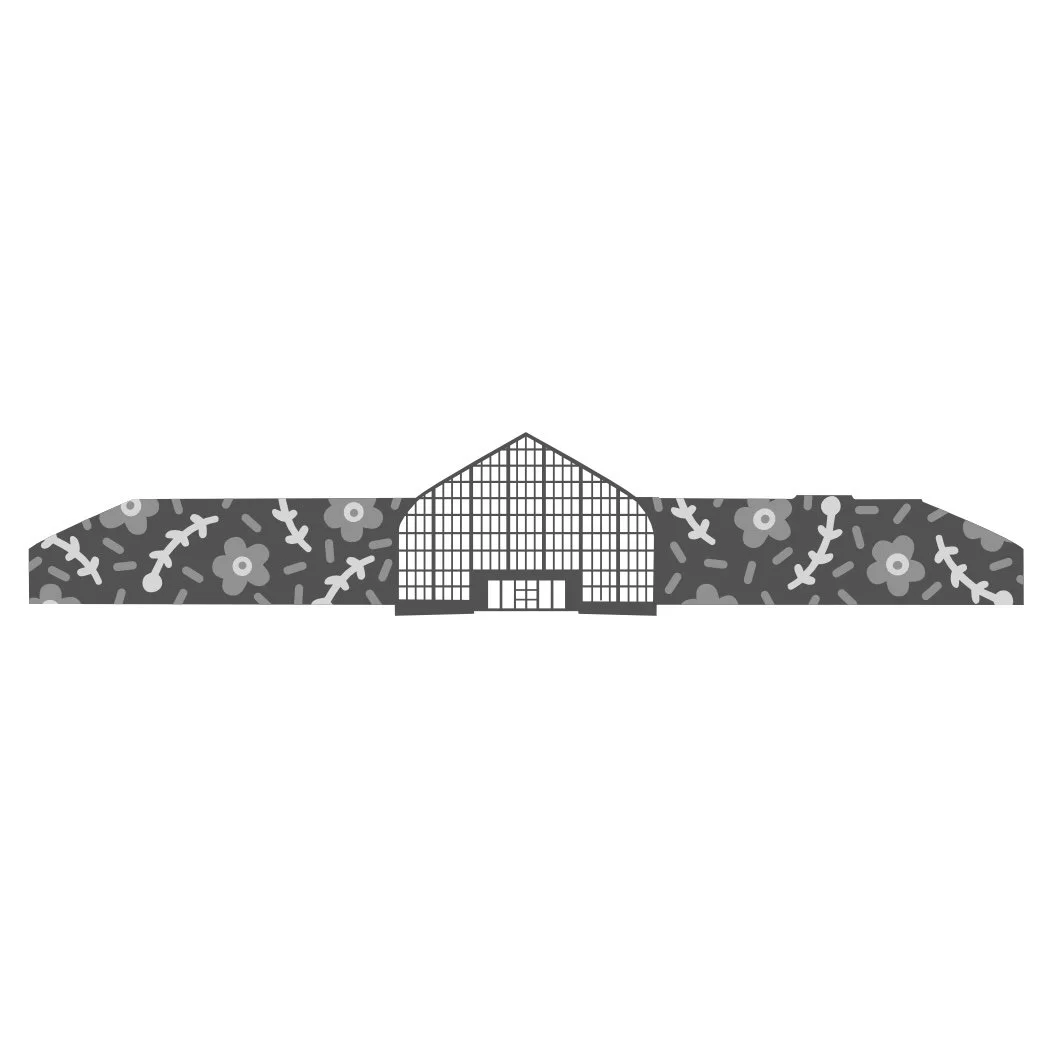
I ❤️ Cincinnati
A celebration of culture & vibe in the Queen City, where Pigs can Fly.
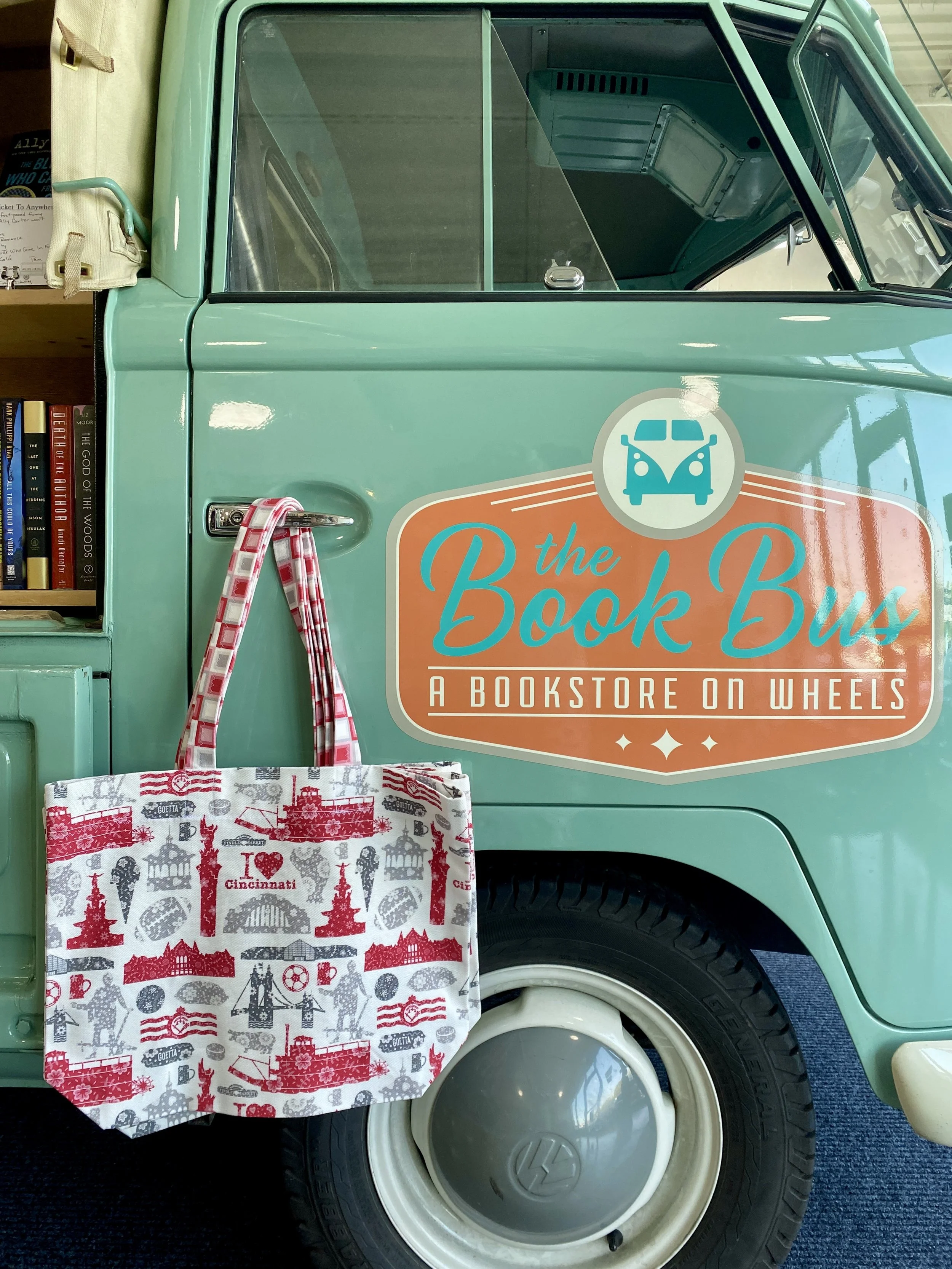
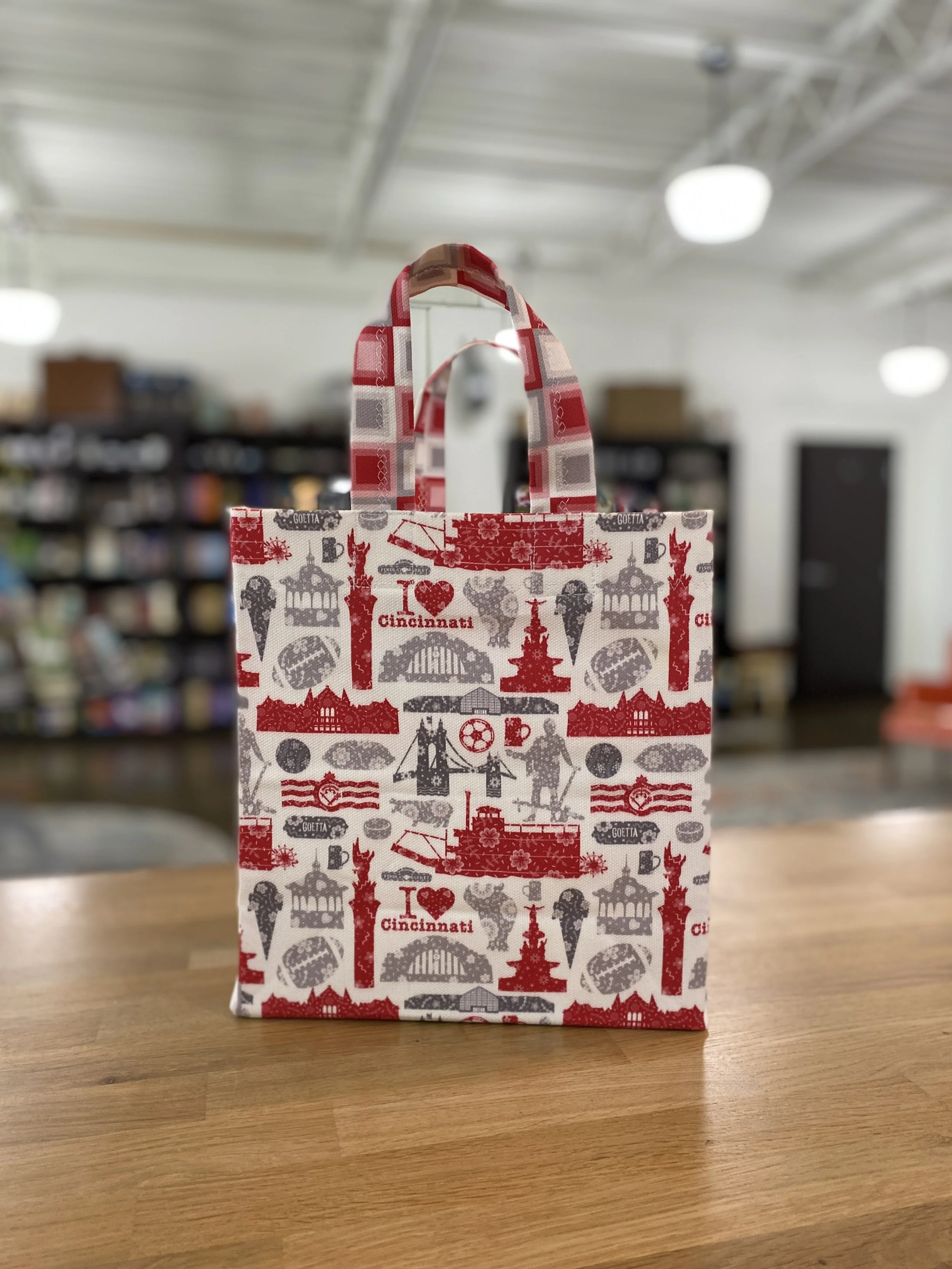
I ❤️ Cincinnati Totes
Available exclusively at the Book Bus Depot in Sharonville, Ohio.
$30 Emporium (12”x13”x5”)
$24 Boutique (9”x10”x5”)
Tea Towels
Digitally printed in the US, using water-based inks.
55% Cotton, 45% Linen
150 Thread Count
16” x 24”
Hanging tab
Folded hem with mitered corners
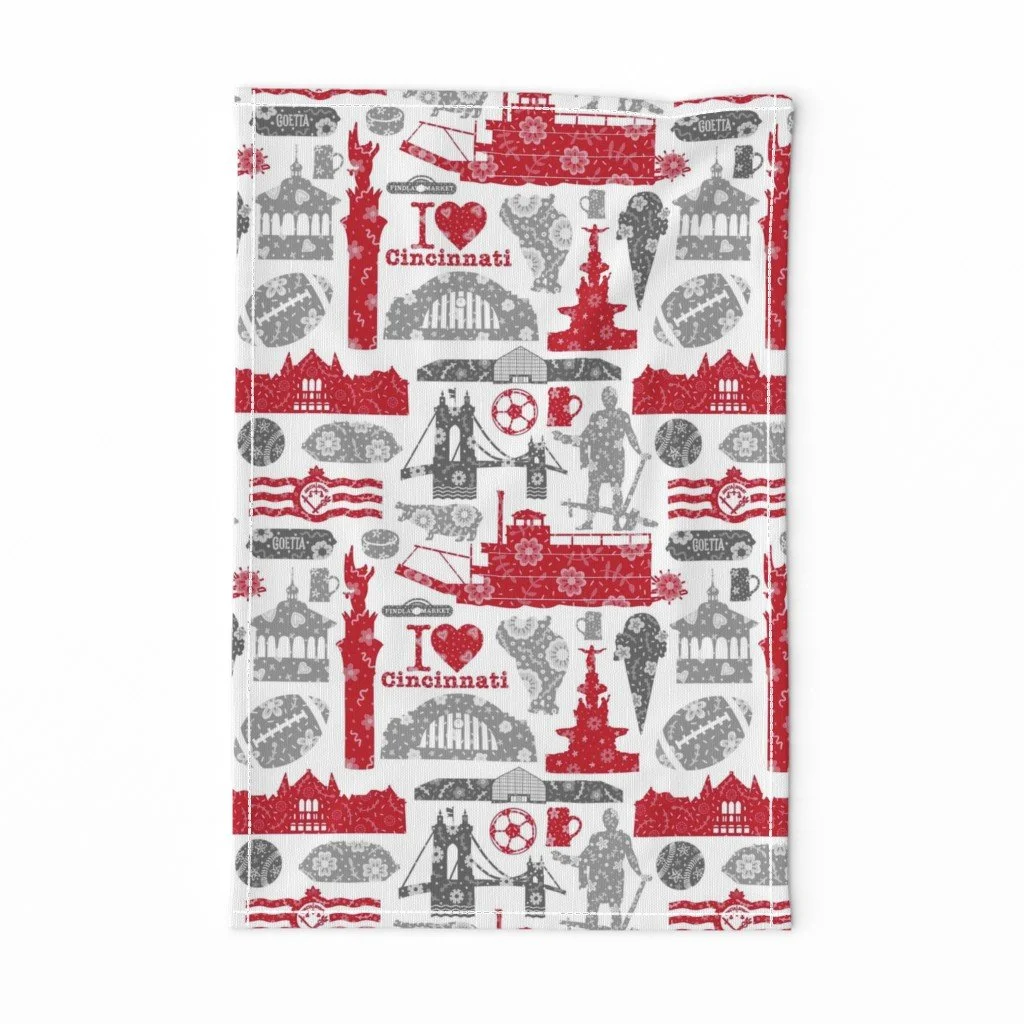
I ❤️ Cincinnati Legend of Icons & Landmarks
Located next to Mirror Lake in Eden Park, the Moorish-style Spring House Gazebo in Eden Park was designed by architect Cornelius M. Foster and completed in 1904, making it the oldest structure in the Cincinnati Parks system.
Located in Sawyer Point Park, and erected in 1984, the legendary Roman is seen here after he had defeated the Aequians and rescued the trapped Roman army. With one hand he returns the fasces, symbol of power as appointed dictator of Rome. His other hand holds the plow, as he resumes the life of a citizen and farmer.
This sculpture was given to the city, in honor of the volunteer spirit of the citizen-soldier, Cincinnatus, by members and friends of the Cincinnatus Association.
The Cincy Region was built on beer over 200 years ago. Early in the 19th century, German immigrants moved into the area and added traditional lager styles to classic ales brewed by English and Irish settlers.
Today, there are more than 80 breweries across the Cincy Region that pay homage to the past, while embracing unique American beer styles and providing fun and inviting spaces to gather and enjoy a cold one.
Craft Brewery Directory from VisitCincy.com
Built in 1852, Findlay Market is Ohio’s oldest surviving municipal market house of the nine public markets operating in Cincinnati in the 19th and early 20th century.
Before highways laced the map and rail lines stitched together cities, the Ohio River was the main artery of America’s interior. It powered the frontier, carried coal and timber, and became a route of freedom and opportunity. BB Riverboats has long believed that the best stories live on the water.
One of the last great American train stations built, Union Terminal is a Cincinnati icon and one of the most widely regarded examples of the art deco style. Since its opening in 1933, Union Terminal has had a long and storied history, from welcoming soldiers home from World War II to becoming the home of three museums, an OMNIMAX® Theater and the Cincinnati History Library and Archives.
Designed in 1988 by Andrew Leicester, the Cincinnati Gateway sculpture at Sawyer Point Park displays flying angel pigs atop riverboat stacks, commemorating a time when meat-packing and soap manufacturing ruled the local economy. It was the Ohio River that brought early settlers to the fertile valley giving birth to Cincinnati, and influencing the direction the young city would grow — as a busy riverboat port, as the terminus of the famed Miami-Erie Canal, as a major industrial and commercial center, and, today, as America’s most beautiful inland river city.
Despite an overriding German influence, Cincinnati offers some eclectic and flavorful surprises. From Greek-style Chili, served “way-style” over spaghetti or as coneys, to German-inspired, Goetta for breakfast. Not to mention local ice cream shops, both recent and traditional. Find more Cincinnati originals & faves.
Built in 1878 and designated a National Historic Landmark in 1975, Cincinnati’s Music Hall is among the City’s most recognizable buildings. Impressive from the outside for its Victorian-gothic architecture, it’s arguably more remarkable on the inside as the home to the Cincinnati Opera (the nation’s second-oldest opera company), Cincinnati Symphony Orchestra (the nation’s sixth-oldest symphony orchestra), May Festival (the longest-running choral festival in the Western hemisphere), and Cincinnati Ballet.
Baby hippo Fritz, born on August 3, 2022, at the Cincinnati Zoo & Botanical Garden, got to meet his big sister in the outdoor habitat for the first time on August 24! Five-year-old Fiona was curious but took her cues from her mom, Bibi, and backed off when Fritz got almost close enough for a nose boop.
The flag of Cincinnati shall be rectangular in shape. It shall have a white groundwork. In the center shall be a red letter "C". Extending horizontally from either side of the letter "C" shall be three wavy parallel lines of navy blue. Within the letter "C" shall be the seal of the city of Cincinnati in blue. Extending upward from a point at the top of the letter "C" and spaced equally from its center line shall be a cluster of five buckeye leaves in red. The proportional dimensions of the flag and of its various parts shall be according to the official design thereof on file in the council chamber of the city of Cincinnati.
The John A. Roebling Bridge has been an iconic landmark over the Ohio River for more than 150 years. Designed by civil engineer John Roebling, the bridge officially opened to traffic on January 1, 1867. Its 1,075 foot span made it the longest bridge in the world. In addition to being a National Historic Landmark, the bridge has been designated as a National Historic Civil Engineering Landmark by the American Society of Civil Engineers (ASCE).
In 1871, Cincinnati businessman Henry Probasco dedicated the Tyler Davidson Fountain “To the People of Cincinnati” in memory of his business partner and brother-in-law, Tyler Davidson, on October 6, 1871. Located on what is now knows as Fountain Square, it was designed to rival the great fountains of Europe, the bronze and granite fountain glorifies the blessings of water. Streams of water flow from the outstretched hands of the nine-foot-tall Genius of Water, affectionately known as “The Lady.”
Krohn Conservatory opened in 1933 and is located in Eden Park. The land in the park used to belong to Nicholas Longworth and he called it his Garden of Eden. The conservatory has many features in a style called Art Deco that was very popular in 1933.The railings in the front lobby feature pictures in the metal that is an art deco style.



